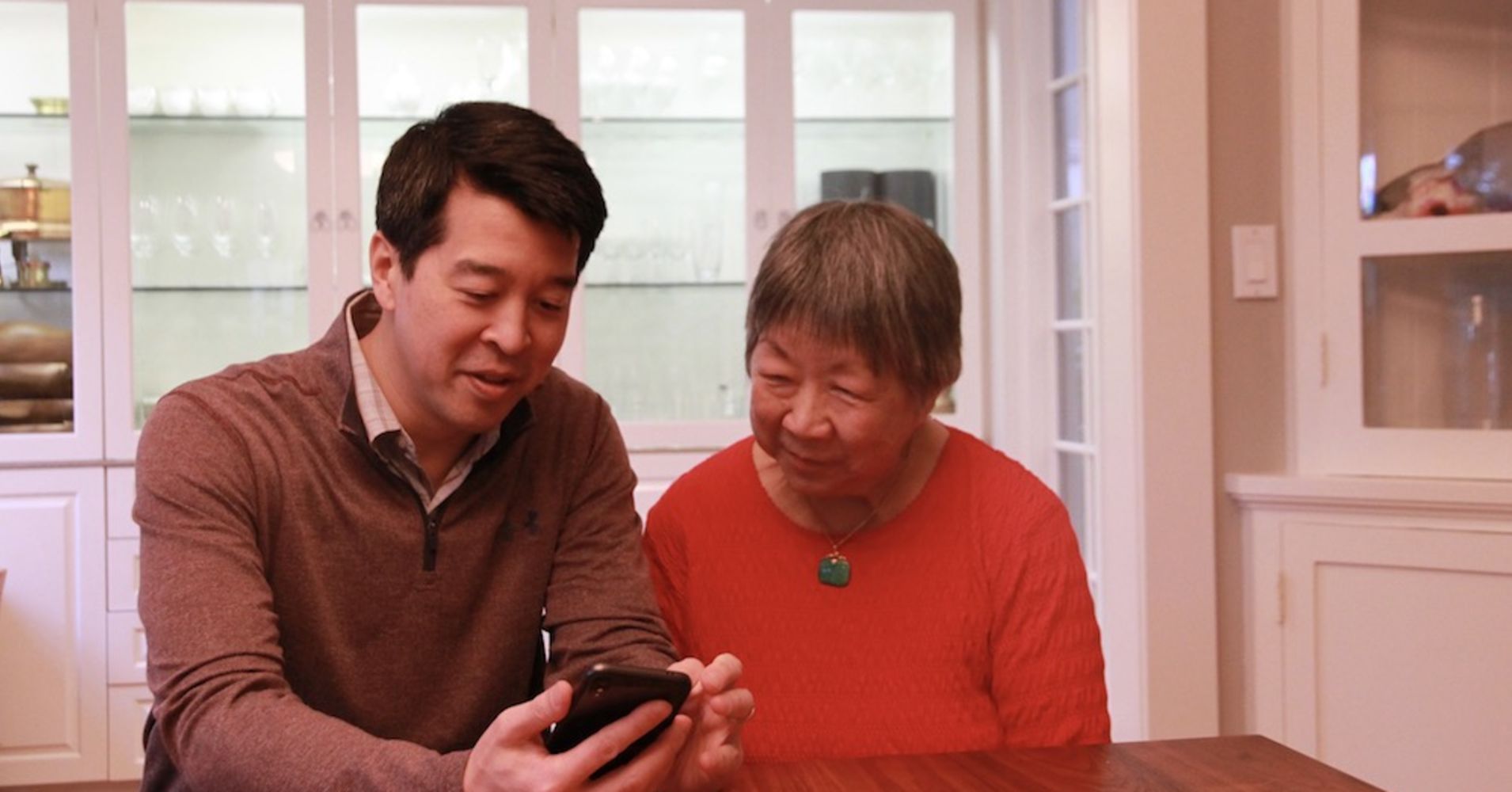
Greg Yap is a venture capitalist looking for the next big thing in digital health. At age 45, he’s also the father of young kids and the son of an aging mother, who lives nearby in an independent living facility.
Amazon’s Echo, which can set medication reminders, Apple’s smartwatch with fall detection and the Nest thermostat’s motion sensors, Yap has been trying new products specifically designed to monitor aging parents. One example is Silver Mother, which incorporates sensors on pill boxes, front doors and mattresses for remote monitoring of health, safety and sleep.
“I’ve been trying a few sensors out to approximate this monitoring function,” Yap said. “The technology is not yet idiot-proof though.”
There’s a demographic reason why Yap sees as a big opportunity. More Americans in their 60s and 70s are opting to live independently rather than in assisted living as part of the “aging in place” trend. Still, they’re more likely to have chronic illnesses to manage and are at higher risk of a serious medical event, like a fall, heart attack or stroke.
Yap, who lives in Silicon Valley and works at Menlo Ventures, is piecing things together.
“I really do think the core technologies are there,” he said. “But someone just has to weave them together and make it easier to install them.”
From a product perspective, one of the big challenges is to make the gadgets useful, intuitive and affordable without the sensors being overly invasive and burdensome.
“The industry is still a bunch of hobbyists trying to hack together the pieces of a solution to monitor their parents,” said Michael Skaff, a tech industry veteran who’s now the chief operating officer at the Jewish Senior Living Group in San Francisco.
Skaff said there are a number of types of sensors that could prove to be useful, especially when all the data is aggregated. There are sensors for refrigerators that can track if they’ve been opened recently, moisture sensors for monitoring water spillage and smart locks and connected lights that can turn on at night. There’s also sensors that can be placed on doors and windows, that provide an update when someone has come or gone from the home.
Traditional medical devices are also increasingly linked to smartphone apps, and data can be shared with caregivers and children, as long as users consent.
“It’s still a bit hodgepodge, but we’re getting there,” said Skaff.
Technology companies are starting to take the market more seriously.
Alphabet’s Nest has been pitching its technology to senior living facilities, Amazon employees went on a nationwide bus tour to learn about how to make its devices helpful to the elderly and Apple has rolled out a number of features like fall detection on the Apple Watch and Siri Shortcuts, which help people access their apps more quickly using voice technology.
Mark Prince of start-up Qardio, which develops devices for monitoring heart health, said Siri Shortcuts are great for caregivers, who no longer have to worry about emails and notifications.
“I can just say, ‘Hey Siri, what was mom’s last blood pressure reading?’ and get the data,” said Prince, the company’s head of consumer sales and channel marketing.
Older generations are surprisingly adept with new technologies, said Kyle Armbrester, CEO of a Signify Health, which deploys care teams for elderly people who prefer to live at home.
“This whole Luddite argument is a farce,” he said. “Most older Americans have smartphones.”
As a result, home devices and sensors are poised to take off, Armbrester predicts.
“Kids and caregivers are helping to push these new technologies into the home,” he said. “And now you can do so much more remote monitoring than ever before.”
